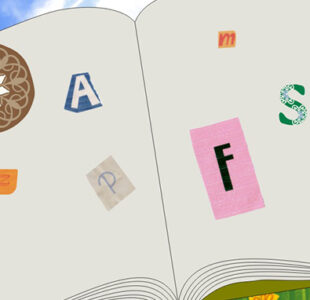- No Comment
How Paper Clips came to be?
Paper fastening is mentioned in historical sources as far back as the thirteenth century. At this point, individuals began threading ribbons through parallel cuts in the top left corner of the sheets. Later, individuals began waxing the ribbons to strengthen them and make them simpler to remove and redo. For the following 600 years, people continued to clip sheets together in this manner.
Until the twentieth century, we tied papers together with string or ribbon. We had to use a standard pin or even a clothespin if the sheaf was tiny enough. Engineer Henry Petroski has investigated this issue. He discovers a plethora of late nineteenth-century testing but just one singular patent from 1887, which hints at the paper clip inventor. It was a metal fastener that could be bent into position to retain paper.
Now, take a contemporary paper clip and examine its intricate simplicity. It is a marvel of compacted creativity. The paper clip inventor was a Norwegian named Johan Vaaler. Because Norway lacked a patent office, he applied for the good old American patent for a collection of square and triangle clips.
That was back in 1901. And that may have been the inaugural paper clip patent. However, there is a catch. The fully developed paper clip we utilize today first appeared in an 1899 patent. The hitch is that it was not a patent for a paper clip. Rather, William Middlebrook patented an apparatus for making wire paper clips. The clip his machine would create is seen on one edge of his patent picture. It features the characteristic circular top and bottom, the simplest of many types of paper clips. Middlebrook created his apparatus for the Gem Company in England, thus we call it the Gem paper clip.
Patents were used to first protect a lot of designs. Other manufacturers were forced to develop unique designs as per demand, which resulted in several types of paper clips. Additionally, no one paper clip style works well for all applications. Suppliers stressed the supremacy of their designs for one or both of the following qualities while selling paper clips:
- 1. Does not catch, rip, or otherwise damage documents
- 2. Avoids tangling up with other clips in the package.
- 3. Can support a bulky stack of documents
- 4. Firmly grasps and securely clutches documents
- 5. Is slim or flat, taking up less room in files
- 6. It is simple to insert
- 7. Needs less shipping and is lightweight
- 8. Does not distort
- 9. Is affordable
Almost all types of paper clips are typically rectangular in shape with straight edges, however, they can also be triangular, round, or have more intricate shapes. Steel or another type of metal is the most typical material, although molded plastic is occasionally employed. Other paper clips may have a two-piece clamping mechanism. Multicolored plastic-coated paper clips and spring-fastened binder clips are recent inventions.
The several types of paper clips are a well-known innovation that is still widely utilized in offices, classrooms, and commercial settings today. Any serious business expert must have access to a single paperclip because of its basic but effective role in protecting the security of countless paper documents. The paperclip continues to be a common office item because it is easy to make, simple to use, and valuable in a wide range of scenarios.
Related Posts

5 Stories about Paper Clips that will…
Have you ever given thought to how frequently we take paper clips

Paperclips in History: The Norwegian Resistance Movement
During World War 2, Nazi Germany conquered Norway, and the country's populace
